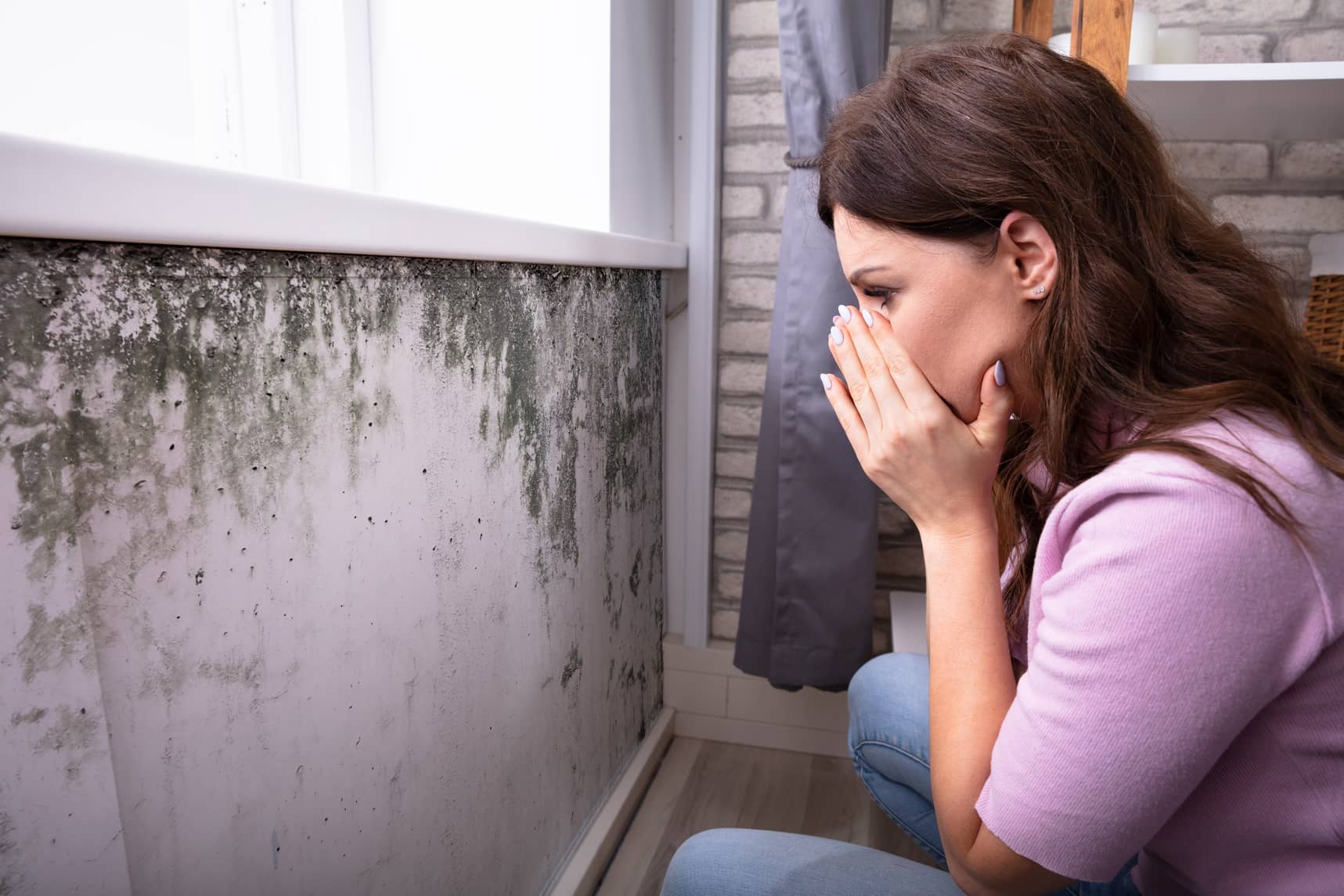Safety and comfort are two of the most important factors to consider when buying a home. This is because you spend 90 percent of your time inside.
Once mold and comfort intrude on your home, safety is no longer an option.
Mold can be a serious environmental problem that could lead to a number of major health problems if ignored. Mold can grow and spread in as little as 24 to 48 hour. You should take action to resolve any mold problems as soon as possible.
How?
Mold inspection and testing is the main way to control mold growth. What is the difference between these two services?
This blog will discuss that. Mold inspection and mold testing are two different things.
Mold Inspection
Mold inspections are conducted by a professional who thoroughly examines your property to look for signs of mold.
The inspector will search for areas that are susceptible to future growth, as well as obvious signs of mold.
The instruments they use to measure the moisture levels in your home are also varied. Moisture meters and infrared camera are used.
After a mold inspection is completed, all the data collected by the inspector are compiled in a report. This includes his findings and recommendations.
Mold Testing
Comparatively to a mold inspection, mold testing professionals take samples from your home and analyze them in a laboratory. During this process, samples are tested using specialized techniques to determine the type and presence of mold.
This process is more precise than a standard inspection and can also be used to determine the source and extent of the growth. You may be told that if a high moisture level or visible growth was found during a mold test that you should also get a mold test done.
When Should You Get A Mold Inspection?
If your home has mold, you will probably smell it.
Mold can be identified by a simple visual inspection. In other cases, the mold may grow in an area that is not readily visible. Mold issues can occur in the following situations and require a Home Mold Inspection:
- Water damage
- Purchase a new home
- Mold remediation is a good idea
- Unoccupied home for a long time
- You may see mold
When Should You Get A Mold Test?
Mold testing is used to identify the type of mold that’s growing in your home and how many airborne spores are present. Testing for mold is also pointless if the problem already exists. No matter what type of mold is present, the problem must be solved. You might be surprised to learn that every home has mold spores. Airborne mold spores can be spread through ducts.
You can prevent the problem when they grow on a surface that is moist. A mold test is sometimes recommended after consulting.
Save money by delaying the mold test after the mold treatment.
What Is The Mold Inspection Process?
Client Interviews
The first step of any mold inspection is to meet with the property manager, homeowner, or tenant and discuss their concerns. The inspector will ask you about any moisture issues in your home, symptoms that you might be experiencing and other relevant facts.
It helps them focus their attention on areas that require special attention.
Answer these questions truthfully and accurately to help the inspector diagnose any mold problems. Please let the inspector know if you have any additional questions or concerns.
Comprehensive Visual Inspection
Next, the inspector will conduct a visual inspection of the property. The inspector will then carefully examine any area identified as a potential source of mold. The inspector will examine the walls, ceilings and other structural elements of the home.
The inspector will also look for signs of moisture such as water stains, condensation on pipes or walls, and any other indications.
The inspectors will also check the home for signs of mold or musty odors. They will notate any problem areas and, if further testing is needed, will recommend it.
Mold Inspection Report
The final step is to generate a mold inspection report. This report will provide a summary of all the findings and areas that need further testing or repair.
You’ll get recommendations if you need to further control the moisture levels in your house, and prevent future mold growth.
Mold testing and mold inspections are both necessary. It is not the final step in identifying mold problems within a home. If further testing is required, the inspector may suggest it.
Conclusion
Mold testing and mold inspection are two separate processes with distinct goals. Mold inspection is primarily concerned with the visual examination of potential mold growth, and identifying moisture problems.
Mold testing involves analyzing collected samples in a laboratory to determine the type and quantity of mold present. Knowing the difference between mold inspection and mold testing will help you make informed decisions about your mold problems and take appropriate action.
Mold testing and inspection are required to maintain a safe and healthy indoor environment. These tests help detect mold, assess potential health risks, guide remediation and prevent further damage.
When dealing with mold issues, it is best to consult a mold expert. They can perform the necessary testing and inspections, as well as offer professional advice about remediation techniques.
Prioritizing mold inspection and testing can help you protect your home, your health and ensure a mold-free environment.
Morrell Inspection Services LLC is always available to answer your questions about mold testing and inspections. You will be guided by our experts to make the right decisions for your home.






